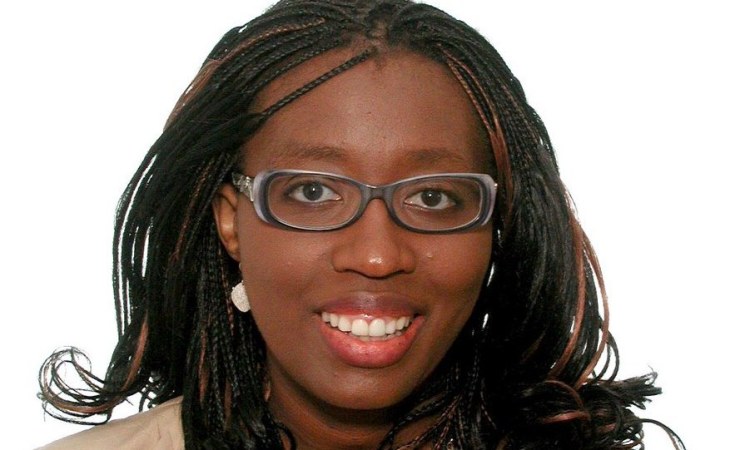Addis Ababa — As we celebrate the lowest levels of extreme poverty in history, Africa must make sure that our people are not left behind.
Latest estimates by World Data Lab show that the world will enter the new year with an extreme poverty level of eight per cent. But single-digit numbers around the world hide underlying differences, especially for African countries. Six hundred million people globally will start 2019 living in extreme poverty, and only 20 million will escape that situation by the end of the year.
Africa still has much of its population living in poverty or vulnerable. Projections from the Africa Poverty Clock unveiled by the Economic Commission for Africa (ECA) estimate that, in 2019, 70 per cent of the world's poor will live in Africa, up from 50 per cent in 2015.
The African Poverty Clockwill be a tool to track and to communicate progress on a range of indicators that reflect how well the continent is doing and where more intense efforts are most needed.
By 2023, the share of Africa's poor will increase to over 80 per cent of global share. In other words, Africa will be adding more poor people to the world. The African Poverty Clock provides real-time poverty estimates for every country on the continent, with forecasts until 2030.
Current projections indicate that almost all of Africa is off track for ending extreme poverty by 2030.
Thirteen countries are projected to see an increase in absolute numbers. Seven out of the top ten countries in the world with the most poor people are in Africa. This is expected to rise to nine out of ten by 2030.
Why is Africa Lagging?
Four main factors drive Africa's diverging progress with the rest of the world.
The poor in Africa start further below the poverty line than those in other global regions. So even if incomes rise, it is rarely enough to push a significant proportion out of poverty. Africa's poverty gap index, which is a measure of the intensity or depth of poverty, is nearly double the global average at 15.2 per cent in 2013. The global average is 8.8 per cent.
The average consumption of the poor across the east, southern, west and central regions of Africa is $1.16 a day, which is $0.74 below the international poverty line, thus posing a challenge to achieving the SDGs target of eliminating poverty by 2030.
To achieve development goals and escape extreme poverty, Africa has to climb further, faster.
Poverty reduction is further affected by inequality within countries. Africa's inequality landscape is characterised by high average inequality, extreme inequality – as in South Africa, Namibia and Botswana - and substantial variations in 'within-country' trends. Across many countries in Africa, the richest 20 per cent controls up to 60 per cent of the wealth.
When inequality levels are high, economic growth delivers less impact for poverty. As a consequence, economic growth has not been inclusive.
Jobs and skills should match growth sectors
The mismatch between sectors of economic growth and employment opportunities remains a challenge. Africa's working poor are predominantly found in the informal sector, characterised by low productivity and low incomes.
Agriculture continues to be an important contributor to economic growth and the transition to industry remains slow. In Burundi, Burkina Faso, and Madagascar, more than 80 percent of the labour force works in agriculture.
Africa's manufacturing sector employed only nine per cent of women and 16 per cent of men on average over the decade. And despite the increase in employment within the services sector, the reality is that people are moving from low productivity agriculture to similar low productivity urban informal activities. Thus, there is little overall growth in incomes.
One reason the economic growth of the last 20 years has meant limited poverty reduction is rapid population growth. When a 2.6 per cent population growth rate, on average, is accounted for, annual per capita growth in the last quarter century comes in at just 1.1 per cent, which is insufficient to reduce poverty quickly.
A declining population growth rate presents unique opportunities
However, it is important to note that the rate of population growth witnessed over the last two decades is unlikely to repeat itself in the coming decades, thus presenting unique opportunities for countries to make significant impact on poverty reduction.
A better future demands action
Nonetheless, 2019 may prove a significant turning point in Africa's progress towards the elimination of extreme poverty by 2030. For the first time, in 2019, the absolute number of people living in extreme poverty in Africa will be reduced.
But there is no guarantee that this pace will continue in the absence of the right public policies and actions. Sustained economic growth of the magnitude of at least 8-10 per cent is necessary for the quantum leap required for faster poverty reduction and to achieve the SDGs.
Africa's focus on the African Continental Free Trade Area (AfCFTA), digital economy and the scaled up push for gender inclusion bode well for inclusive growth over the next decade if governments adopt adequate fiscal and structural policies to encourage private-sector growth and improve infrastructure.
Vera Songwe (@SongweVera) is Executive Secretary of the United Nations Economic Commission for Africa.


